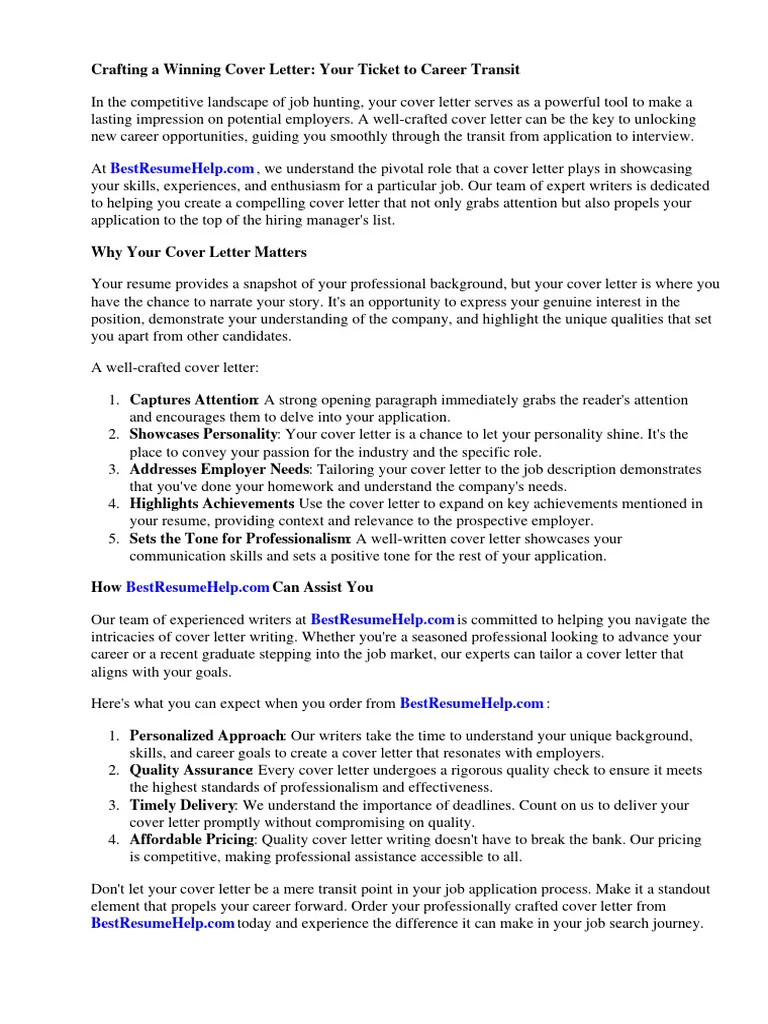Why a Transition Cover Letter is Essential
A career transition cover letter is more than just a formality it is your opportunity to explain the ‘why’ behind your career change. It bridges the gap between your past experiences and your future aspirations. It provides context, showcases your transferable skills, and demonstrates your understanding of the role and the company. In a job market where candidates are increasingly diverse and their backgrounds vary, a well-crafted cover letter provides hiring managers with the clarity they need. By explaining your motivations and highlighting how your past experiences make you a strong candidate, even without direct experience, you increase your chances of getting noticed.
Highlighting Transferable Skills
One of the most crucial aspects of a career transition cover letter is identifying and emphasizing your transferable skills. These are skills you have developed in previous roles that are applicable to the job you are applying for, even if the industries or roles differ. Examples include project management, communication, problem-solving, leadership, and analytical skills. Identify your transferable skills by reviewing the job description and comparing its requirements with your past responsibilities. Provide specific examples of how you’ve used these skills to achieve results. This helps the hiring manager see the value you can bring, despite your different background.
Identify Your Target Industry
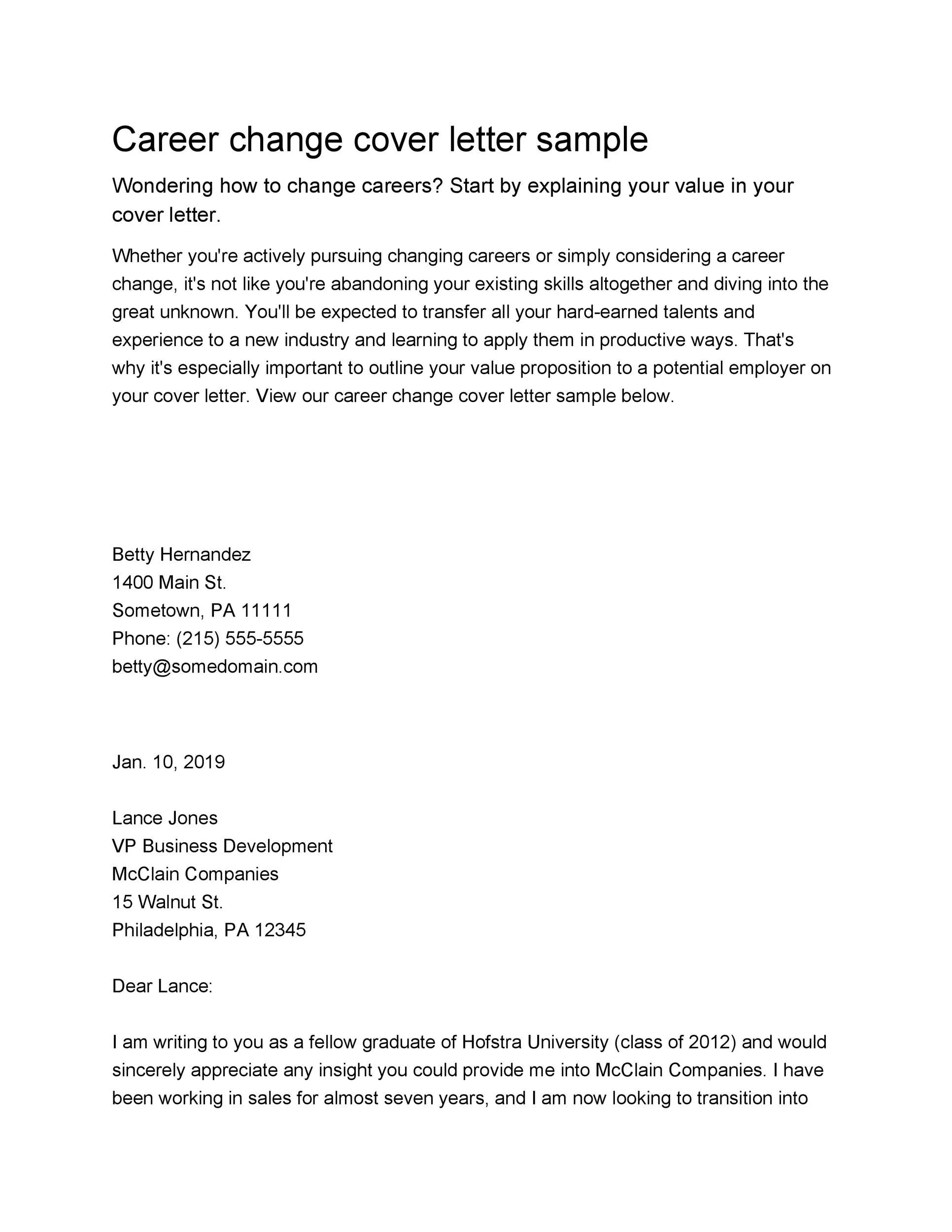
Before writing your cover letter, research and define your target industry. Understanding industry trends, the challenges it faces, and the skills that are most valued will allow you to tailor your letter to the specific role and company. This knowledge will also guide you in selecting the right keywords, demonstrating your knowledge and interest. You can find this information through industry publications, company websites, networking, and LinkedIn. Showing that you’ve done your homework indicates that you’re serious about making this career change. Tailoring your letter to showcase how your skills and experiences align with the needs of your target industry is crucial for making a strong first impression.
Researching the Role and Company
Thoroughly researching the specific role and company is crucial. This step involves reading the job description carefully to understand the requirements and responsibilities. Visit the company’s website, review their social media profiles, and look for news articles or press releases. Understand their mission, values, and culture. This research enables you to personalize your cover letter, demonstrating that you have a genuine interest in the opportunity. Identify how your skills and experience align with the company’s needs and how your values align with their culture. Mentioning specific projects, initiatives, or company achievements will show that you have taken the time to understand their business. Be specific and make your letter as relevant as possible to the hiring manager.
Structure of a Transition Cover Letter
A well-structured cover letter helps hiring managers quickly understand your value. A clear structure ensures that your letter is easy to read and that your key points are effectively communicated. There are different parts of the cover letter each serves a unique purpose in presenting your candidacy. Adhering to the correct structure is critical for showcasing your experience, enthusiasm, and skills for career change.
Header and Contact Information
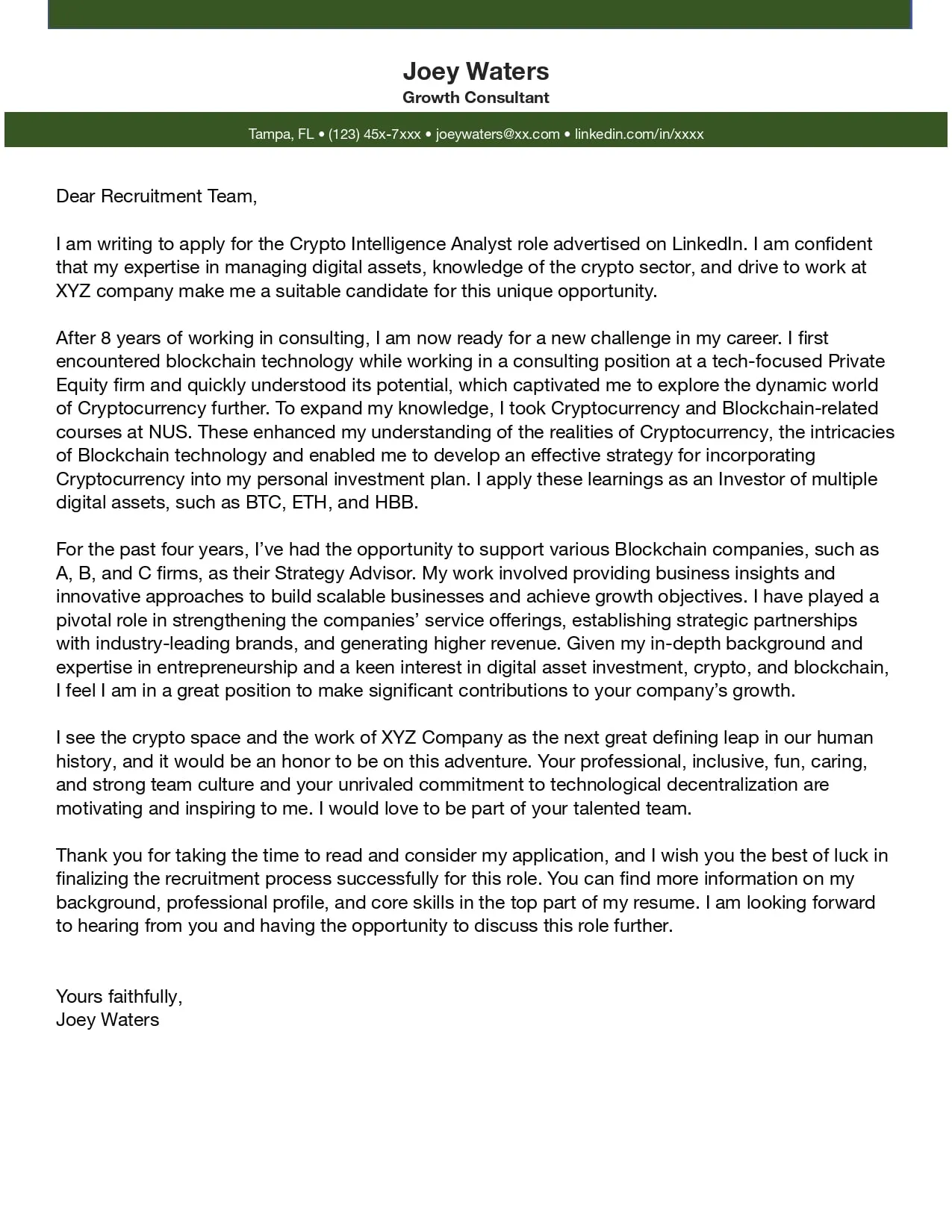
Start with your header, including your full name, contact information (phone number and email address), and the date. Address the letter to the hiring manager or the specific person mentioned in the job posting (if available). If you can’t find a name, use a professional salutation such as ‘Dear Hiring Manager’.
Personalized Greeting
Always personalize your greeting. Avoid generic greetings. If possible, address the hiring manager by name. If you cannot find a name, use a professional alternative. Personalizing the greeting shows that you’ve taken the time to research the company and the role.
Opening Paragraph Grab Attention
The opening paragraph is your first chance to grab the hiring manager’s attention. Start with a compelling statement that explains why you’re writing and highlights your interest in the role and the company. Briefly mention your career change and, if applicable, refer to how you learned about the position. This should be a brief overview of your intention to create an interest from the start.
Body Paragraph 1 Highlighting Skills
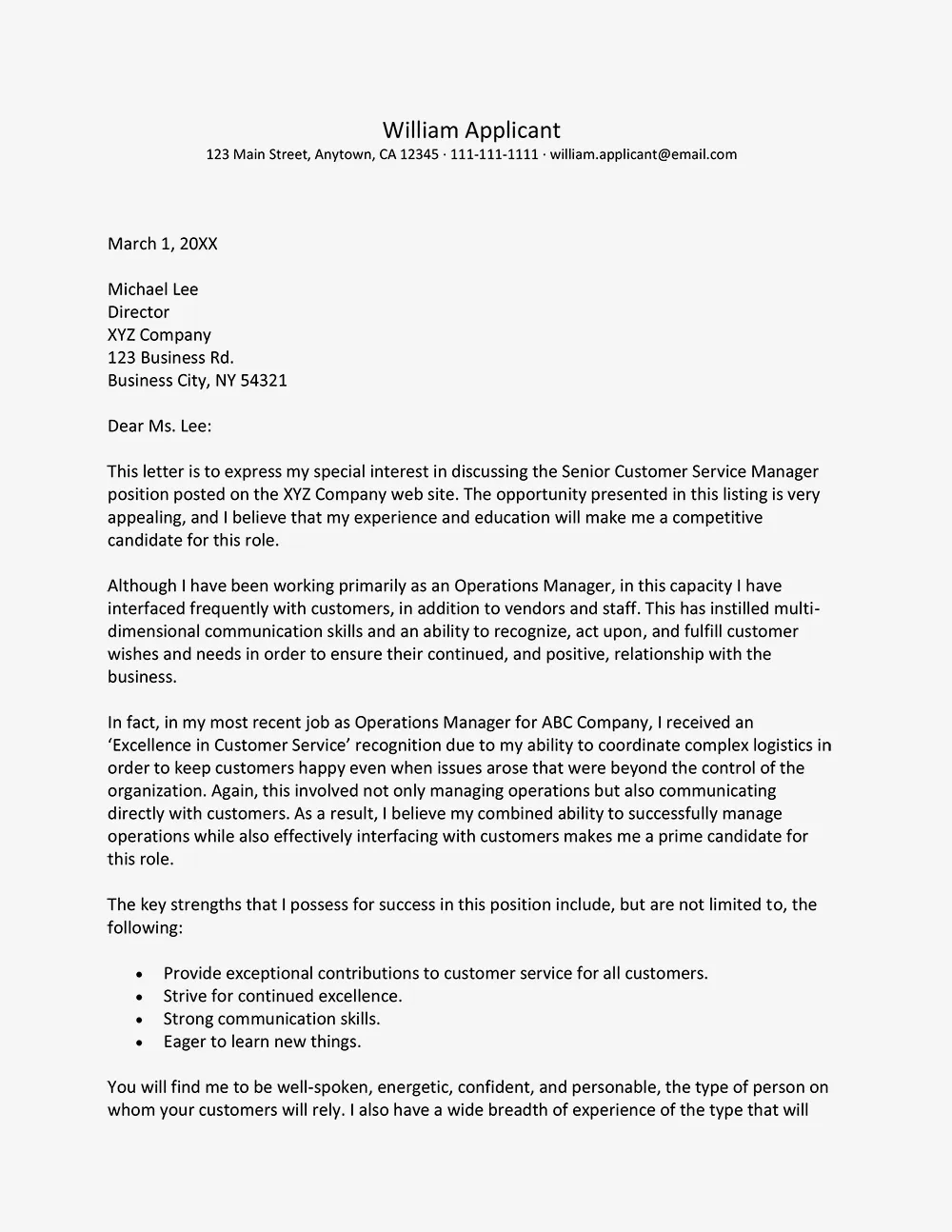
In the first body paragraph, focus on your transferable skills. Mention 2-3 key skills and provide specific examples of how you’ve used them in your previous roles. Use action verbs to describe your accomplishments and quantify your results whenever possible. This is where you bridge the gap between your experience and the job requirements.
Body Paragraph 2 Showcasing Achievements
Use this paragraph to highlight your achievements. Provide specific examples of your accomplishments and quantify your results. Quantifying your achievements adds weight to your claims and demonstrates the impact you’ve made in previous roles. This could include any projects and results that will convince the hiring manager.
Body Paragraph 3 Demonstrating Enthusiasm
Express your enthusiasm for the role and the company. Mention something specific that excites you about the opportunity. This shows that you are genuinely interested and have researched the company. Make sure to align your values with the company to create a connection and stand out among the other candidates.
Closing Paragraph Call to Action
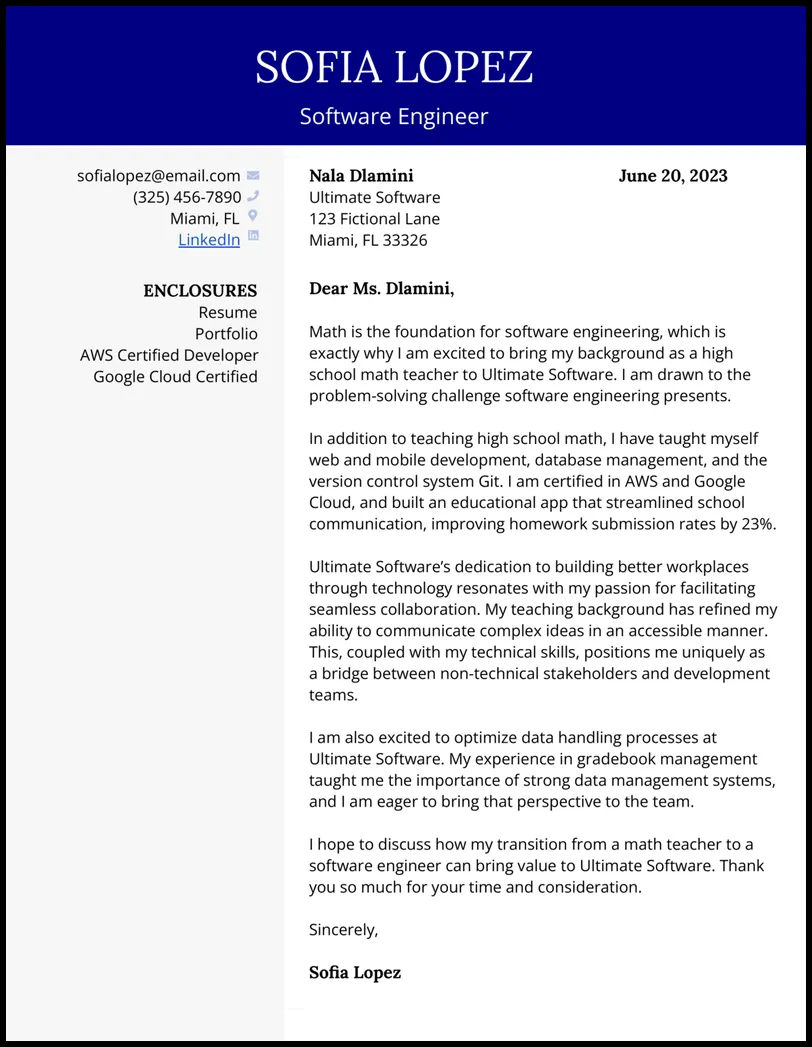
Conclude with a call to action. Reiterate your interest in the role, express your eagerness for an interview, and thank the hiring manager for their time and consideration. Provide your contact information one last time and choose a professional closing such as ‘Sincerely’ or ‘Best regards’.
Formatting and Presentation
Formatting and presentation are crucial in making a positive impression. Use a professional font (like Arial, Times New Roman, or Calibri) and a font size between 10 and 12 points. Ensure your cover letter has clear margins, typically 1 inch on all sides. Break up long paragraphs to make your letter easy to read. Keep the tone professional and concise. The goal is to make your letter easy to read and visually appealing.
Proofreading and Editing
Proofreading and editing are crucial steps. Review your cover letter for grammar, spelling, and punctuation errors. Ask a friend, family member, or career counselor to review your letter. A mistake-free cover letter demonstrates professionalism and attention to detail. Ensure the formatting is consistent and that your contact information is correct.
Key Action Verbs to Use

Using strong action verbs makes your cover letter more compelling. Use verbs that highlight your accomplishments and skills. Examples include: Managed, Led, Developed, Implemented, Created, Achieved, Improved, Increased, Reduced, Collaborated, and Communicated. Action verbs help you present your skills in a compelling way and add a tone of professionalism.
Showcasing Your Enthusiasm
Demonstrating enthusiasm is essential, especially in a career transition. Express your excitement for the role and the company. Research the company’s culture and values and explain why they resonate with you. Mention specific aspects of the role that you are most excited about and mention the key objectives from the job description. Personalize your letter to showcase your unique interest and make yourself more memorable.
Tailoring to Each Job Application
Tailoring your cover letter to each job application is a must. Customize your cover letter for each role. Read the job description carefully and identify the key requirements. Customize your skills and experiences to match the job posting. Highlight the transferable skills most relevant to the role. Tailoring your letter shows that you’ve taken the time to understand the specific role and company. This will increase your chances to get noticed.
Cover Letter Examples for inspiration
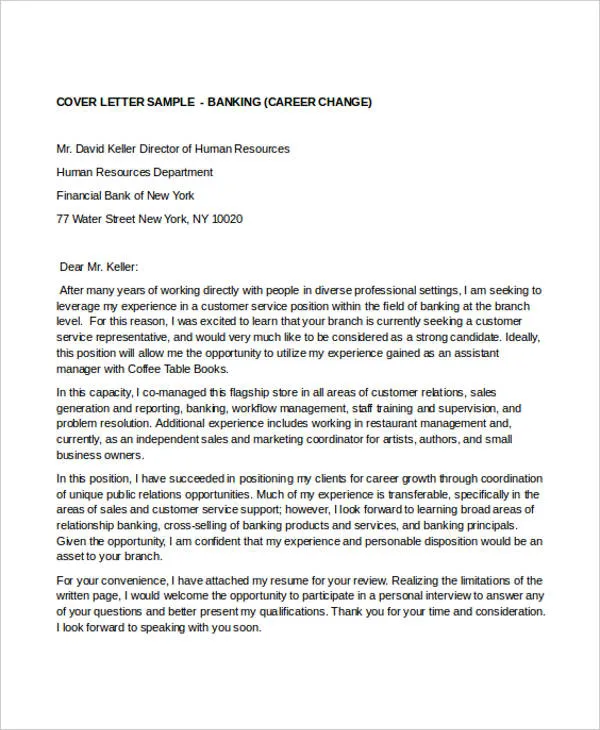
Reviewing examples of cover letters can provide inspiration and guidance. Search online for cover letter examples for career transitions. Pay attention to how other candidates have highlighted their skills and experience. Analyze the structure, tone, and language used in the examples. Adapt the examples to your specific situation and industry. Personalizing your own cover letter will help you create a document that stands out.
